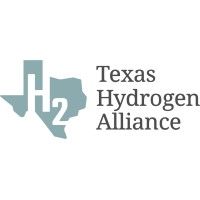US Climate Deal a Boon to CCUS Tech, Carbon Capture Supporters Claim
)
The budget reconciliation deal announced July 27 and passed in the senate August 7 is set to increase subsidies for carbon capture facilities by 70%, according to analysts.
“All of a sudden, it’s like giving steroids to the industry,” said Matt Bright, carbon capture policy manager at Clean Air Task Force. “Some of these projects that are in planning and saying ‘OK, we’re going to break ground’ — I have a feeling you’re going to have many more of those announced very quickly over the next year or two, if this [deal] could be inked.”
The federal government’s 45Q tax credit programme of 2018 offers greenhouse emitters up to $50 per tonne of CO2 captures and sequestered. For every tonne of carbon utilised in uses like enhanced oil recovery or building materials, the programme awards $30.
The Democrats’ $369 billion climate and energy deal would increase the tax credits to up to $85 per tonne for point source emitters. Direct air capture facilities could potentially earn subsidies of up to $180 per tonne.
The Carbon Capture Coalition claims the 45Q enhancement along with the bipartisan infrastructure law spending could increase the deployment of carbon capture tools by 13-fold by 2035, reported S&P Global.
“Direct air capture removes CO2 from ambient air, resulting in a net reduction in atmospheric emissions. Point-source carbon capture, by contrast, installed to offset industrial emissions, is net-zero at best. But direct air capture is less efficient, with little profit motive,” reported S&P Global.
The tax credit expansion is a game-changer for direct air capture in particular, experts predict.



)
)
)
)
)
)
)



)
)
)
)
)
)
)
)
)
)
)
)
)
)
)
)
)
)
)
)
)
)

)

)
)
)

)
)
)
)
)
)
)
)
)
)
)

)

)
)
)
)
)
)
)
)
)
)


)
)
)

)
)
)

)
)
)
)
)
